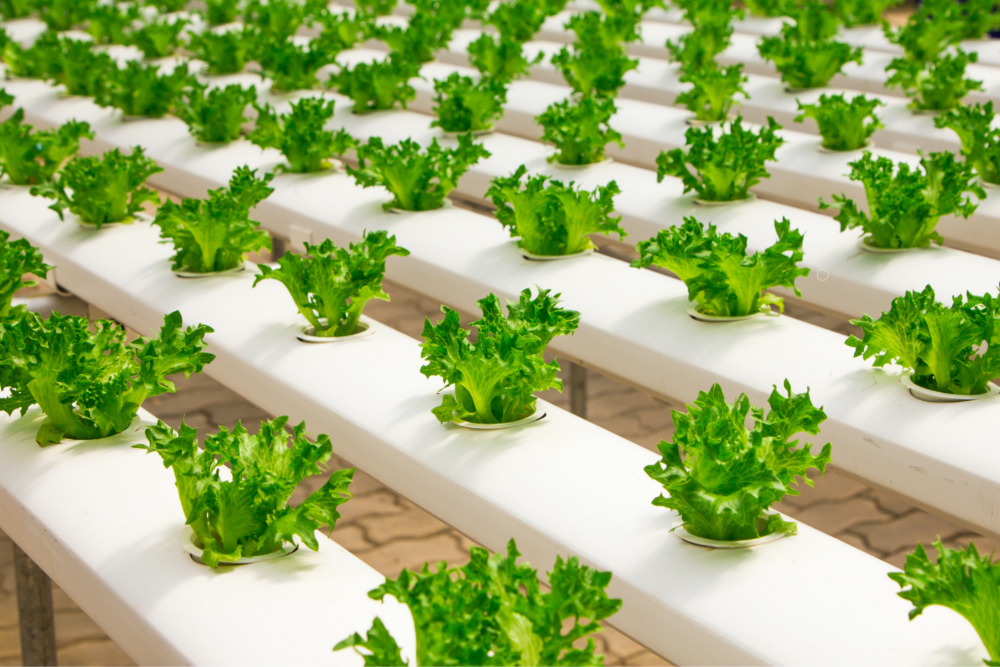How Inefficiency and Waste in the Global Food System Fuels Global Warming
Sep 14, 2020

Watching a farmer harvest crops or care for livestock paints a picturesque vision of humanity working in concert with Mother Nature to produce our food supplies. What you do not see are the enormous volumes of greenhouse gases the world’s food systems produce that are direct and significant contributors to climate change. Our new Sustainability Report examines how a growing community of technology startups is reversing this trend by helping farmers, suppliers, retailers, and consumers adopt more sustainable practices and serve communities in need.
There’s no question we’ve reached a crisis point that businesses, governments, and consumers worldwide must address immediately. According to the UN Environment Programme (UNEP), food systems — all elements related to the production, processing, distribution, preparation, and consumption of food — account for more than a third of all greenhouse gas emissions.
These emissions primarily comprise a mix of carbon dioxide (CO2), methane (CH4), and nitrous oxide (N2O). While the levels of methane and nitrous oxide emissions are lower than that of carbon dioxide, both are much more effective than CO2 at trapping heat in the atmosphere.
Want to join us in fighting climate change? Check out the Techstars Sustainability Challenge! We’re bringing together founders, nonprofits, and universities with industry leaders, and we’ll choose the most promising ideas and partner the very best with top companies to build out real-world solutions.
There are innumerable sources of these emissions. Farmers need electricity and fuel to run their equipment. Various soil and crop management techniques raise nitrogen levels in the soil, which leads to increases in nitrogen emissions. Livestock and cattle release enormous volumes of methane as part of their digestive processes. And roughly one-third of all food produced goes to waste due to inefficient supply chains and poor consumer habits.
In the U.S. alone, Americans discard nearly 40 million tons of food annually, most of which end up in landfills and emits methane as it decomposes. Every year this waste releases about the same amount of greenhouse gas emissions as seven coal-fired power plants.
That’s a collection of alarming facts and figures. Now, for some good news: the UNEP reports by introducing more sustainable food production, delivery, and consumption processes and habits, the global food system can reduce greenhouse gas emissions by as much as 12.5 gigatonnes of carbon dioxide equivalent (Gt CO2e).
In plain English, that’s the equivalent of taking 2.7 billion cars off the road. And as you’ll learn from our Sustainability Report, the world is making progress. Thousands of startups are working to help farmers collect and analyze data to grow food with new precision, make supply chains more efficient, and help food manufacturers, distributors, and retailers sell or donate excess inventory to save money and reduce waste.
Many of these innovative companies focus on teaching consumers how to adopt more sustainable and healthier eating habits. Consider the findings of a new joint study by the University of Michigan and Tulane University that found if people in the United States cut their consumption of animal-based foods by half, they would prevent 1.6 billion tons of greenhouse gas emissions by 2030.
“Ambitious, time-bound, and measurable commitments to food systems transformation are needed,” says Marco Lambertini, Director General WWF-International. “Failing to do so is ignoring one of the main drivers of today’s climate crisis.”
Want to learn more? You can download a condensed version of the report.
